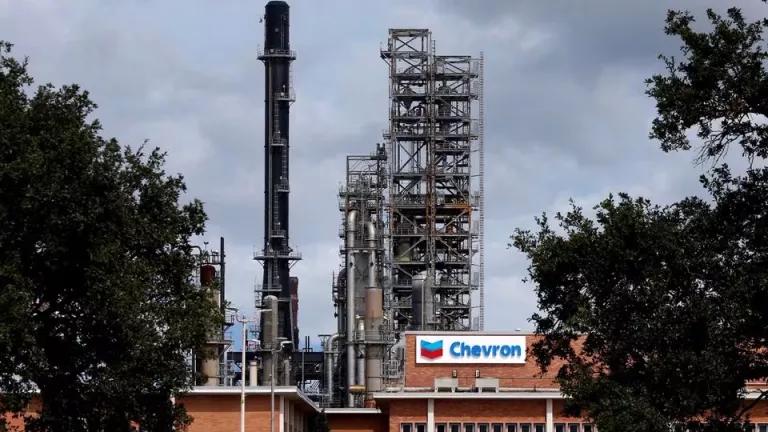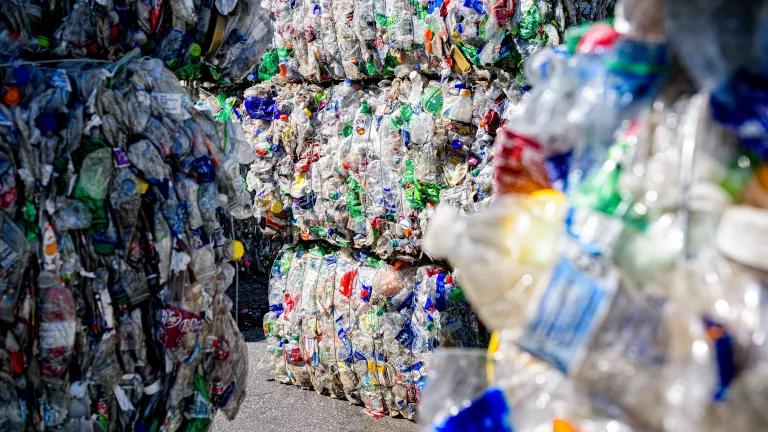
Traffic in Mexico City
The suffocating cloud of smog that hung over Beijing in January this year was a very real reminder that air pollution is an ongoing and serious problem. A new report assessing air quality and efforts to monitor in Latin America shows that the toxic threat of air pollution is not limited to Asia; indeed, it is a global problem with real impacts in Western Hemisphere countries, too. From Mexico to Argentina, pollutants in the air have reached dangerous levels, with implications for both public health and the planet’s changing climate. The good news is that the solutions already exist: international standards and best practices are out there, and can to be adapted to and adopted in Latin America. Clean transportation and energy generation technologies are already taking root in the region. If leaders work to get their countries off of dirty fossil fuels, the skies will clear up and their people will breathe freely.
According to the new report, published by the Clean Air Institute (CAI), over 100 million people in Latin America breathe polluted air. The authors looked at levels of particulate matter (PM10 and PM2.5), ozone (O3), nitrous oxide (NO2), and sulfur dioxide (SO2) in the region. They compared the levels of those compounds with the World Health Organization (WHO)’s Air Quality Guidelines, and found that:
- Of the 16 countries that measured for PM10 in 2011, all exceeded the WHO’s recommended level
- Of the 11 countries that measured for PM2.5 in 2011, 10 exceeded the WHO’s recommended level
- Ozone was difficult to measure, but the authors did manage to take measurements of ozone in 2011 in Santiago (Chile), Mexico City and Quito, and all three cities exceeded the WHO’s recommended level
- Of the 13 countries that measured for NO2, 7 exceeded the WHO’s recommended level
Encouragingly, the researchers also found that many countries have some standards in place to limit these emissions:
- Approximately half of the countries included in the study have PM2.5 standards
- All of the countries that have any standards in place (16) have PM10 standards
- 13 of the countries have Ozone (8 hour) standards
- All 16 countries have SO2 (24 hour) standards
- 15 of the 16 countries have (annual) NO2 standards *
However, a standard alone will not make a difference. Governments need to make sure that the standards they pass are strident enough to drive results. The CAI’s report duly notes that many of the standards I refer to above do not meet WHO guidelines or guidelines used by the European Union and the United States. In response to January’s smog-cloud, Chinese authorities finally set a timetable for stricter fuel regulations, requiring cleaner diesel and gasoline fuels for transportation. Countries in Latin America need to follow suit – long before they endure a similar experience. Chile is leading the way here, having recently approved a new regulation on the emissions of NO2, SO2 and PM2.5 from vehicles, and by requiring the use of cleaner, ultra-low sulfur diesel fuel nationwide. Mexico should be next, as the new government has stated that it will work to pass vehicle efficiency and fuel quality standards that will make Mexico’s new vehicles comparable to those sold in the U.S. and Europe.
In addition to passing good standards, governments must also implement them, perform ongoing monitoring of the air quality, and reliably report the data. The CAI report noted that these were all areas in which Latin America’s countries need improvement.
Finally, Latin America’s leaders need to address the problem before it starts, by getting off of dirty diesel fuels that create air pollution, and instead encouraging cleaner modes of transportation and more sustainable energy generation. Renewable energy is taking off throughout the region – Brazil, Chile and Mexico tend to get the most attention for it, but other countries are also making progress, such as Peru, Panama and Costa Rica. Although worldwide renewable energy investments fell in 2012, in Latin America total investments in clean energy rose 127% in 2012 over 2011 numbers (that does not include Brazil).
The solutions for Latin America’s dirty air problems exist and, indeed, are within reach. International standards to regulate air pollutants and make fuels cleaner are already in practice in countries around the world. Cleaner modes of transportation and energy generation using sustainable, renewable resources are growing in the region already. The CAI’s report is an excellent roadmap to get things started.
*This info in these bullet points is taken from Table 8 on page 10 of the study, which lists Buenos Aires and La Paz separately from Argentina and Bolivia (respectively), since those countries set different standards for the cities and the regions. For the purpose of this blog, I counted one if either or both of Buenos Aires and Argentina, and La Paz and Bolivia, had standards.




